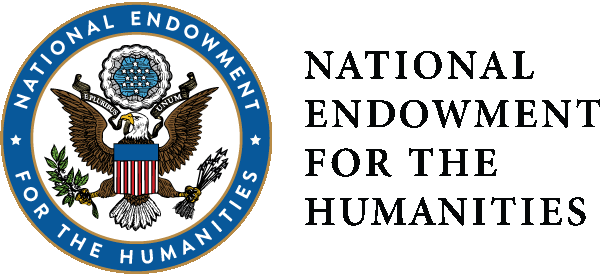Philip Vera Cruz
Philip Vera Cruz
Philip Vera Cruz standing in the El Malcriado office, Delano, 1967. Photo by Emmon Clarke.
Philip Vera Cruz was born in 1904 in Ilocos Sur, the Philippines, and migrated to the U.S. in 1926. Like most of the one hundred thousand Filipinos that left their country in the early twenty century to look for work in the U.S., he would find it either in the California and Pacific Northwest’s farms, in Alaska’s canneries, or, for those living in the cities across the country, as busboy and bellhop in restaurants and hotels. Vera Cruz worked in farms, canneries, restaurants, and in a box factory in several states, including Minnesota, Washington state, North Dakota, Illinois, and California.
Philip Vera Cruz and others sitting on the grass at a UFWOC meeting. Photo by John Kouns.
In his twenties, he briefly attended Gonzaga University and was regularly sending money to his family in the Philippines. In 1942, Vera Cruz entered the U.S. army and was stationed at San Luis Obispo, California. After being discharged, he settled in the San Joaquin Valley, California, and joined the Agricultural Workers Organizing Committee (AWOC) in 1965.
The AWOC, a farmworkers union mostly composed of Filipino farm workers, initiated the Delano Grape Strike in 1965 and convinced César Chavez’s National Farm Workers’ Association (NFWA) to join the historical strike. The Filipino farm labor movement in the U.S. was prominent since the early 1920s, when Pablo Manlapit led successful strikes in the Hawaiian fields. Other Filipino union organizers such as Chris Mensalvas (labor leader active in the 1940s and 1950s), Ernesto Mangaoang (the 1930s and 1940s), and Larry Iltiong (farmworkers’ organizer since the 1930s, and by 1965 leader of the AWOC) also played an important role organizing Filipino farmworkers.
Philip Vera Cruz and UAW president Leonard Woodcock walking on the floor of the UFW’s First Constitutional Convention, Selland Arena, Fresno, 1973
Philip Vera Cruz joined the UFW (a merger of AWOC and NFWA) in 1966, and in 1971, at 60, was elected second vice-president of the UFW, the highest-ranking Filipino officer in the UFW. He was chairman of a committee to build the Agbayani Village, the union’s retirement complex for elderly farmworkers to be established at Forty’s Acres, the union’s compound and named after a Filipino named Paulo Agbayani who died on the picket line during the grape strike in Delano in 1967. Vera Cruz played an important role in the UFW as Filipinos were the dominant minority in a union that was mostly made of Mexican Americans and was a skilled trainer for new volunteers wanting to join the union.
Philip Vera Cruz and LeRoy Chatfield holding up César Chávez during mass at Forty Acres, Delano, 1968. Photo by John Kouns.
Growing disagreement with Chávez led to his resignation from the UFW in 1977 (one of the disagreements being Chavez’s visit to the President of the Philippines Ferdinand Marcos, a dictator). Vera Cruz continued to support the UFW’s activities and stayed active in the Asian American civil rights movement.
Tom & Ethel Bradley Center
California State University, Northridge
18111 Nordhoff Street, Northridge, CA 91330
Phone: (818) 677-1200 / Contact Us


